Turning flowers blue
User
16 years ago
Related Stories
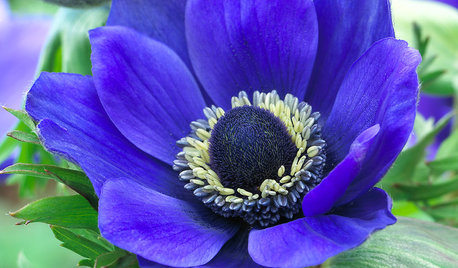
FALL GARDENING6 Splendid Blue-Flowering Bulbs
How do you blue? With colors from sky to cobalt, these bulbs will greet you merrily in a spring garden
Full Story
10 Reasons to Turn to Bright Hues in Winter
When it’s gloomy outside, consider energizing your home and boosting your mood with bold color inside
Full Story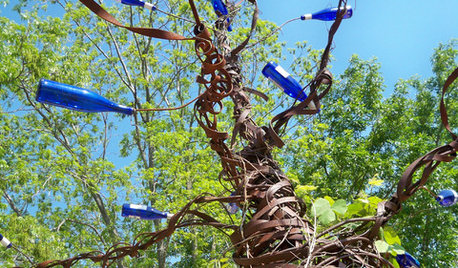
GARDENING AND LANDSCAPINGTurn Household 'Junk' Into Garden Treasures
Don't kick discarded household items to the curb — send them to the garden as planters, art pieces and conversation starters
Full Story
LIFESlow Living 101: Tips for Turning Off the Chaos
It may feel as though you're too busy to slow down and enjoy life. But even little changes can have a big effect
Full Story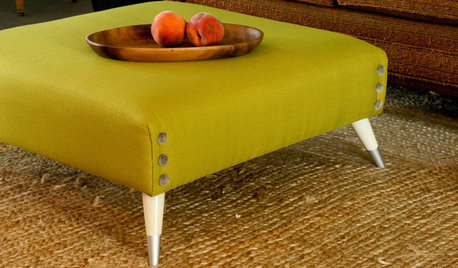
DIY PROJECTSTurn a Shipping Pallet Into a Stylish Ottoman
Get the step-by-step instructions for upholstering your own mod living room centerpiece
Full Story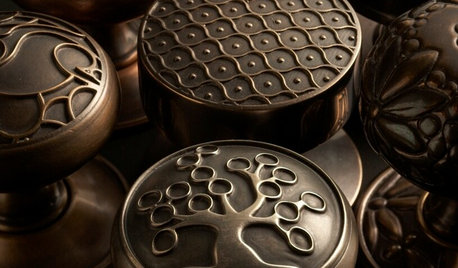
GREAT HOME PROJECTSNew Hardware Gives Doors a Turn for the Better
New project for a new year: Get a handle on how to find the knobs, levers or pulls that will make your doors memorable
Full Story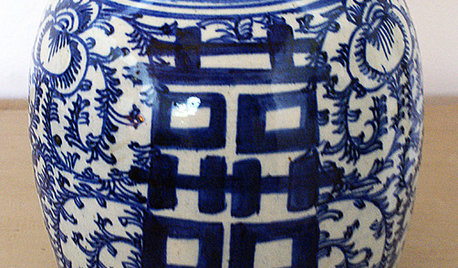
LIGHTINGHow to Turn a Vase Into a Lamp
Fashion a light fixture from that antique or thrift store find, for a one-of-a-kind piece you’ll be proud to display
Full Story
COLORFUL HOMESHouzz Tour: Turning Tradition on Its Head in Vermont
Leopard-spotted stairs, Victoriana paired with Lucite and other daring style moves give a home in a shire a completely new twist
Full Story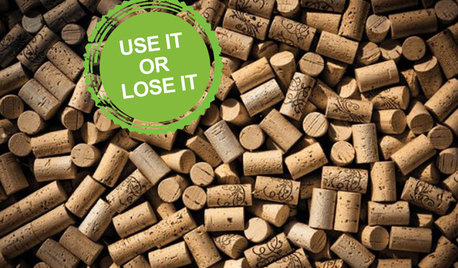
DECORATING GUIDESTurn Your Corks Into Home Décor
Are the wine corks piling up in your house? Learn how to recycle or reuse these versatile, sustainable stoppers
Full Story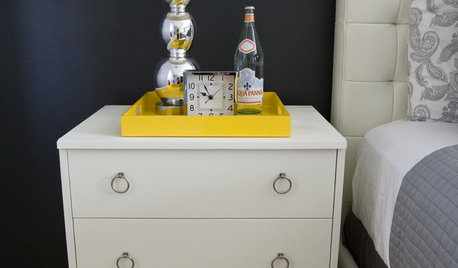
DECORATING GUIDESTray Chic: Turn an Everyday Item Into Decor
20 ways this functional carry-all can become a thing of beauty too
Full StoryMore Discussions






gardengal48 (PNW Z8/9)
luis_pr
Related Professionals
Chattanooga Landscape Architects & Landscape Designers · Matthews Landscape Contractors · Brookside Landscape Contractors · Canyon Lake Landscape Contractors · Cliffside Park Landscape Contractors · Doctor Phillips Landscape Contractors · Ellicott City Landscape Contractors · Mastic Beach Landscape Contractors · Mercedes Landscape Contractors · Southbury Landscape Contractors · Berkeley Siding & Exteriors · Colorado Springs Siding & Exteriors · Mitchellville Siding & Exteriors · Richmond Siding & Exteriors · Waterford Siding & Exteriorskandlwyck
gardengal48 (PNW Z8/9)